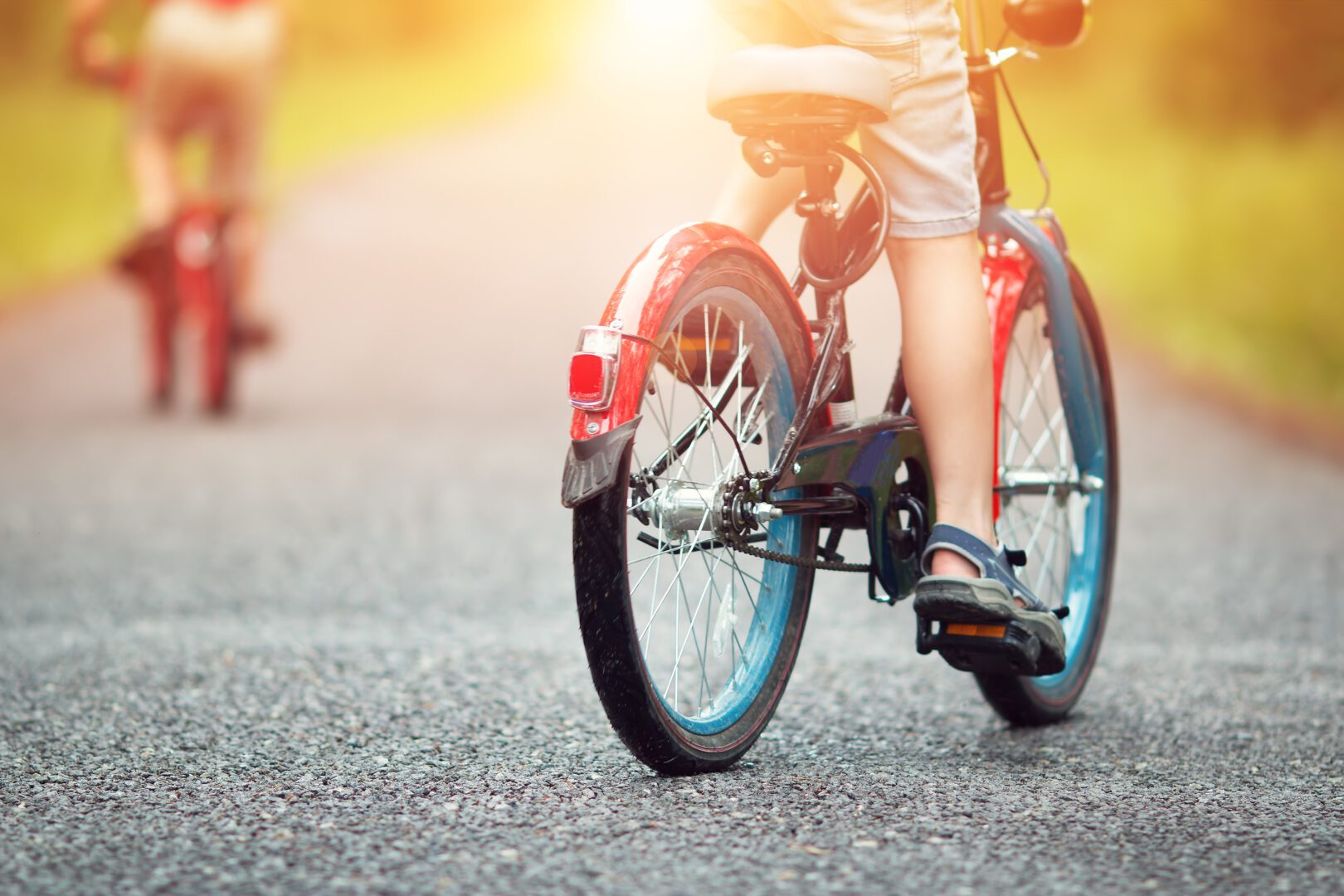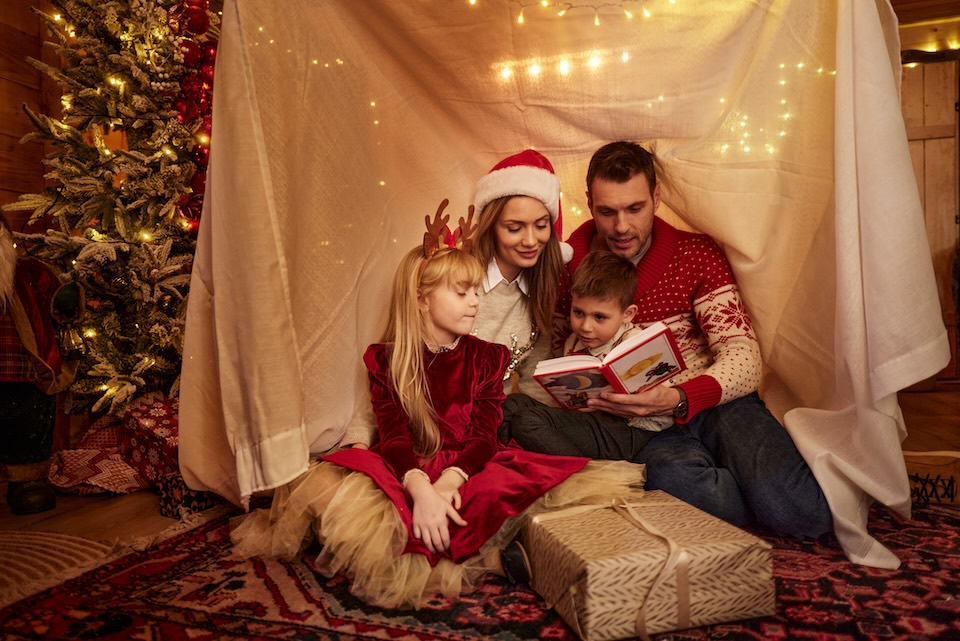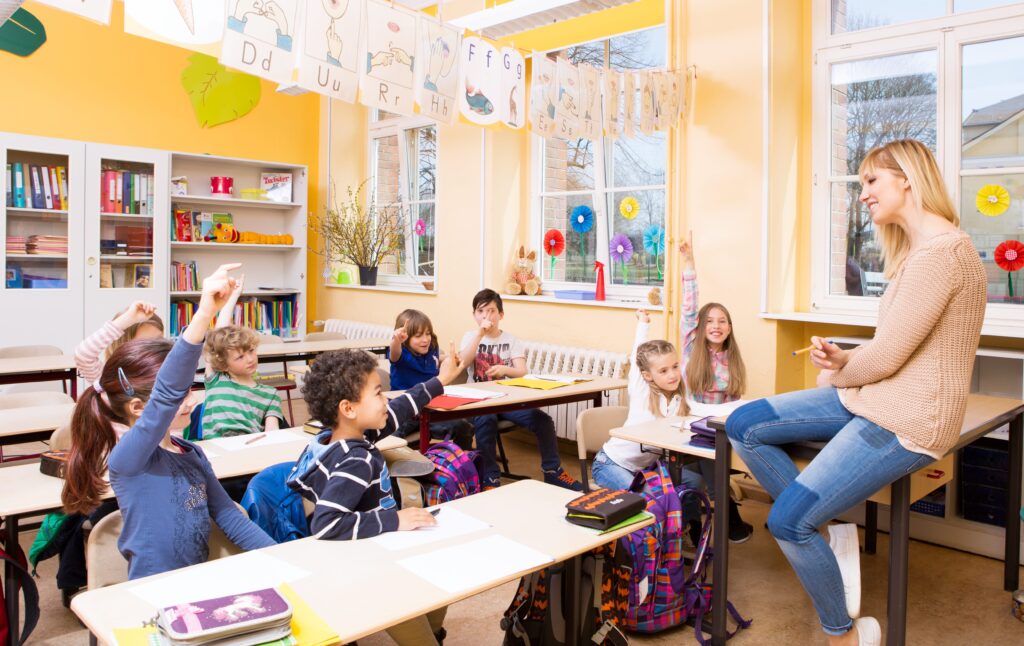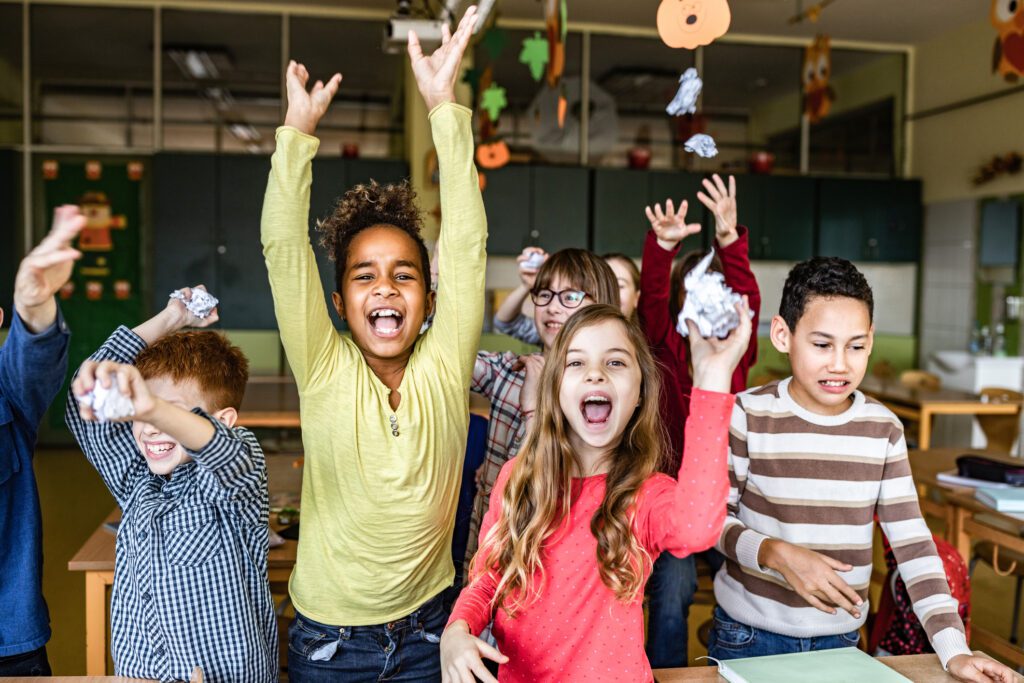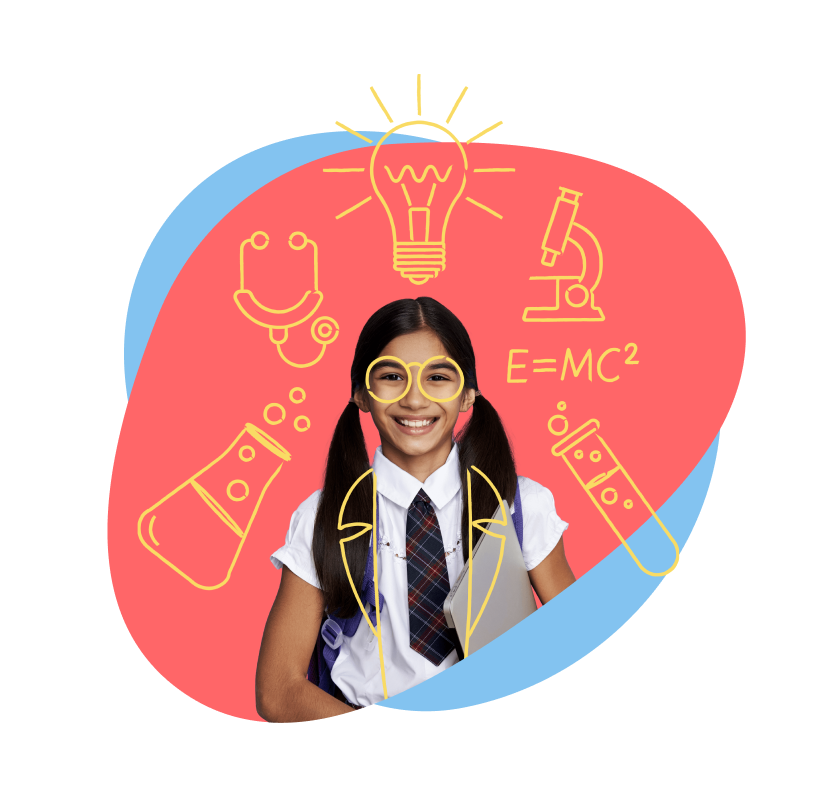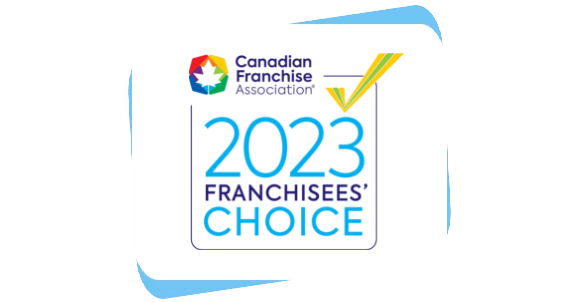Student distraction isn’t a new problem—it’s an issue that teachers and parents have had to deal with as long as schools have existed.
But what if a solution could be found in the way materials are taught in class? The traditional method of teaching encourages students to learn through lectures and textbooks. With limited attention spans and more recent distractions like cell phones in the classroom, students are easily distracted from class materials.

It’s also been found that we retain 75% of what we do compared to 5% of what we hear or 10% of what we read. So why not apply this knowledge to the way we teach?
That’s where experiential learning comes in.
What Is Experiential Learning
Experiential learning is the practice of learning through doing. It encourages the student to have first-hand experiences with the materials, rather than learning through someone else’s experiences in textbook or lecture.
It’s a learning style that has been studied thoroughly for decades, and one that is proven to be beneficial for all ages of students.
The main steps of experiential learning are: experiencing, observing, analyzing, and experimenting.
How To Start Using Experiential Learning Activities
It’s easy to start leveraging experiential learning for children both inside and outside of the classroom. The activities do not have to be complex or difficult—they’ll be effective as long as the student is gaining his or her own individual experiences.
It can be as simple as actually planting a seed and observing its growth, rather than reading about plant growth in a textbook.
Infographic: Experiential Learning for Children (Including Activities & Examples)
See our infographic guide to learn more about experiential learning and how you can start using experiential learning activities for the students and children in your life.

Embed this on your site
SaveSave
SaveSave
